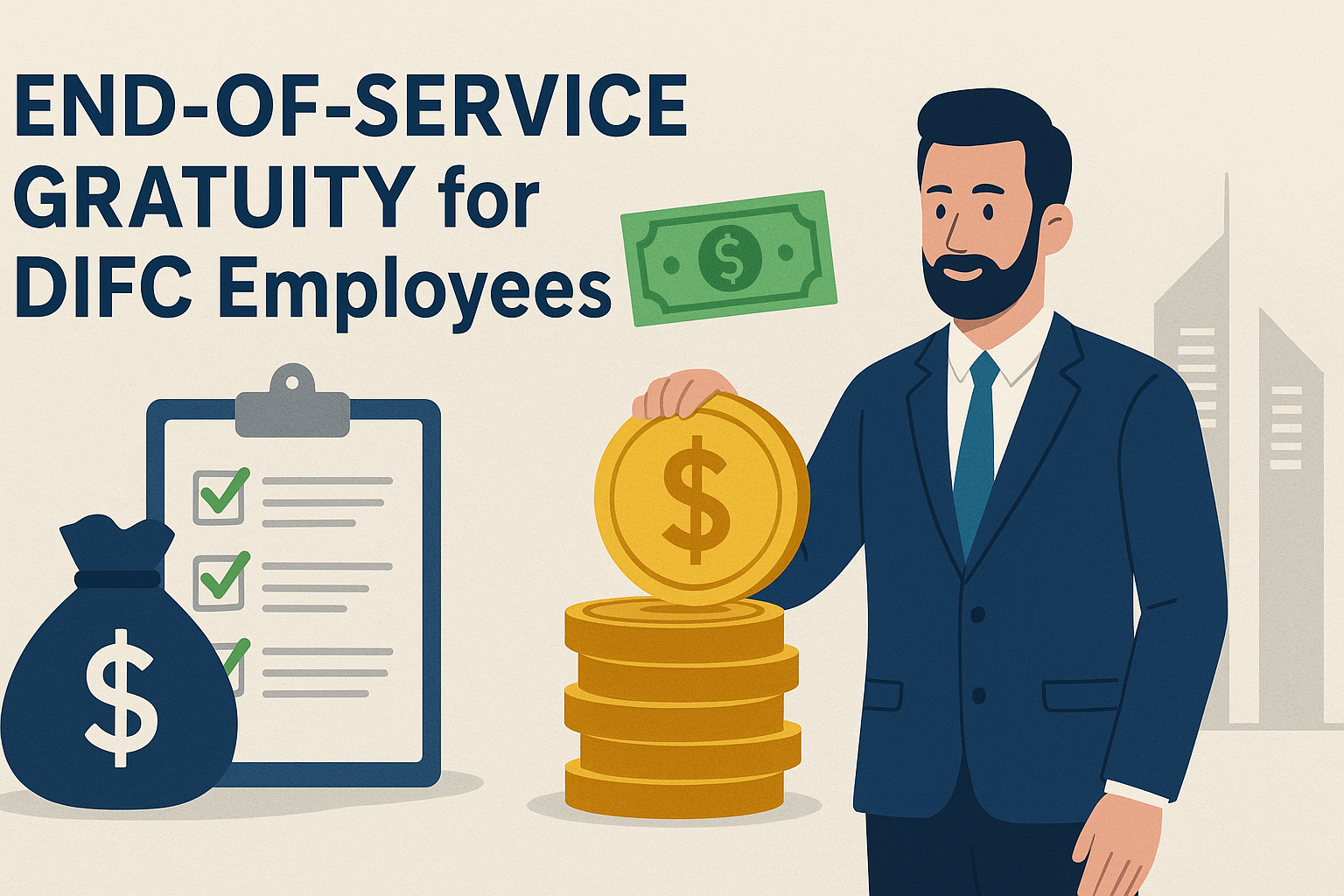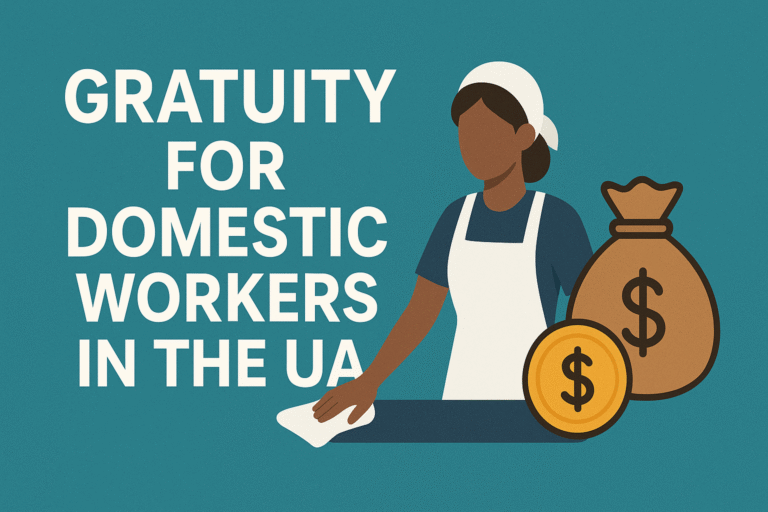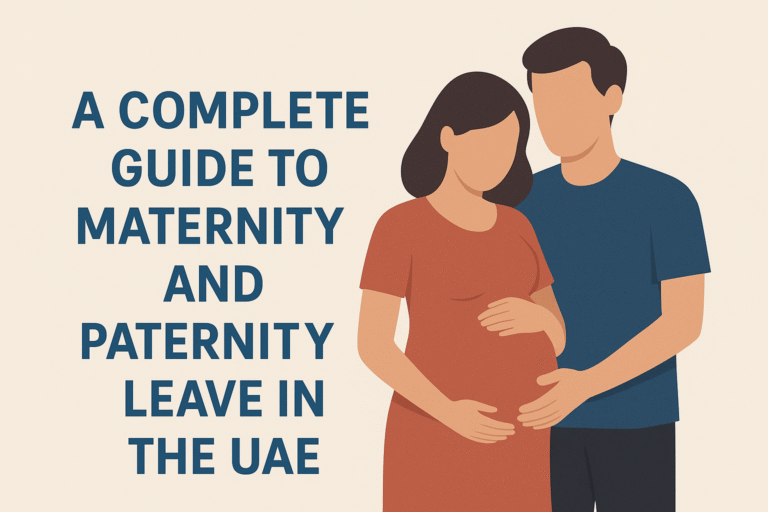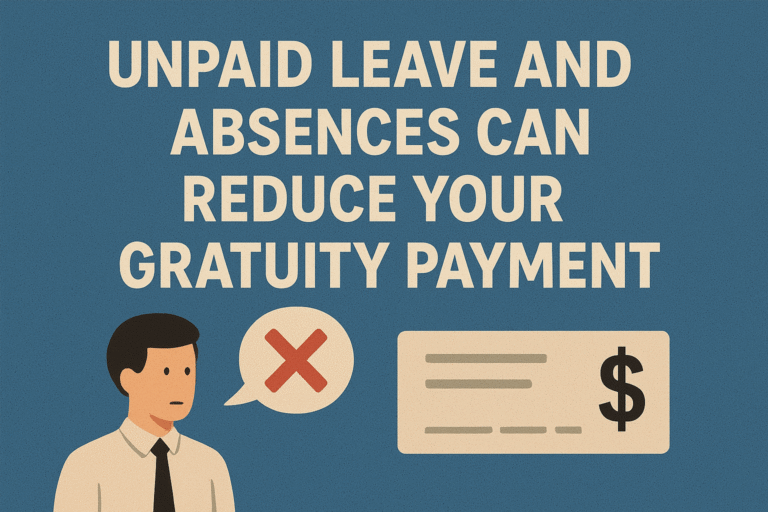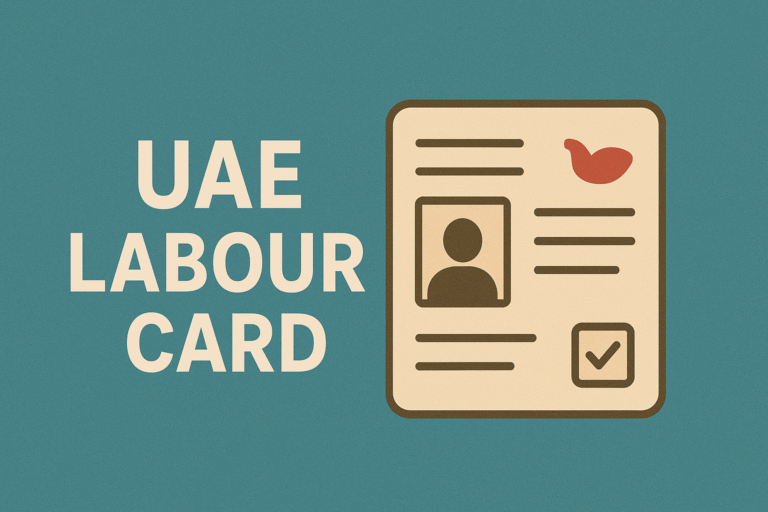End-of-Service Gratuity for DIFC Employees
Figuring out your end-of-service gratuity for DIFC employees can be tricky, especially with the recent switch from the old gratuity system to the new DEWS plan. Whether you’re an employee planning for the future, an HR manager keeping things compliant, or a finance professional managing the books, it’s essential to know exactly where you stand.
This guide is here to clear up the confusion. We’ll walk you through the old gratuity system, explain the new DEWS plan in plain English, and show how they work together to secure your savings.
What is End-of-Service Gratuity?
End-of-Service Gratuity is a statutory payment that companies were required to give to departing employees as a token of appreciation for their service. It was the primary end-of-service benefit in the DIFC for many years.
However, it’s essential to understand that End-of-Service Gratuity is now a legacy system. Its calculation and accrual apply only to the period of an employee’s service before February 1, 2020. For all service after this date, the DIFC Employee Workplace Savings (DEWS) Plan has taken its place. Therefore, a long-serving employee’s final benefits package will consist of two parts: the gratuity accrued before the cut-off date and the savings accumulated in their DEWS pot since.
Calculating the End-of-Service Gratuity for DIFC Employees (For Service Before Feb 2020)
For any employee who worked in the DIFC before February 1, 2020, calculating their accrued gratuity is a critical step in determining their final settlement.
Calculation Methodology Explained
The gratuity calculation is based on the employee’s last-drawn basic salary, excluding any allowances such as housing, transport, or other bonuses. The formula is tiered based on the length of service:
The total gratuity payment cannot exceed the equivalent of two years’ total wages.
Manually calculating this can be complex, especially when factoring in partial years of service or different contract types. To ensure accuracy and get a precise breakdown of your entitlement based on your specific service dates and salary, using a free online gratuity calculator can be an invaluable tool for both employees and employers.
Provisions for Partial Years of Service
For any incomplete years of service, the gratuity is calculated on a pro-rata basis. For example, if you served for three and a half years, the calculation would be precise to the day.
Scenarios Affecting Gratuity Calculation
The DEWS Plan: The Modern Approach to Employee Savings
Effective February 1, 2020, the DEWS Plan replaced the old gratuity system with a more secure, transparent, and forward-thinking approach to employee savings.
What is the DIFC Employee Workplace Savings (DEWS) Plan?
DEWS is a mandatory defined contribution plan. Instead of a lump-sum payment calculated at the end of service, employers now make regular monthly contributions into a professionally managed savings plan for their employees. This new system is designed to provide employees with greater control and visibility over their savings, which are invested on their behalf to grow over time.
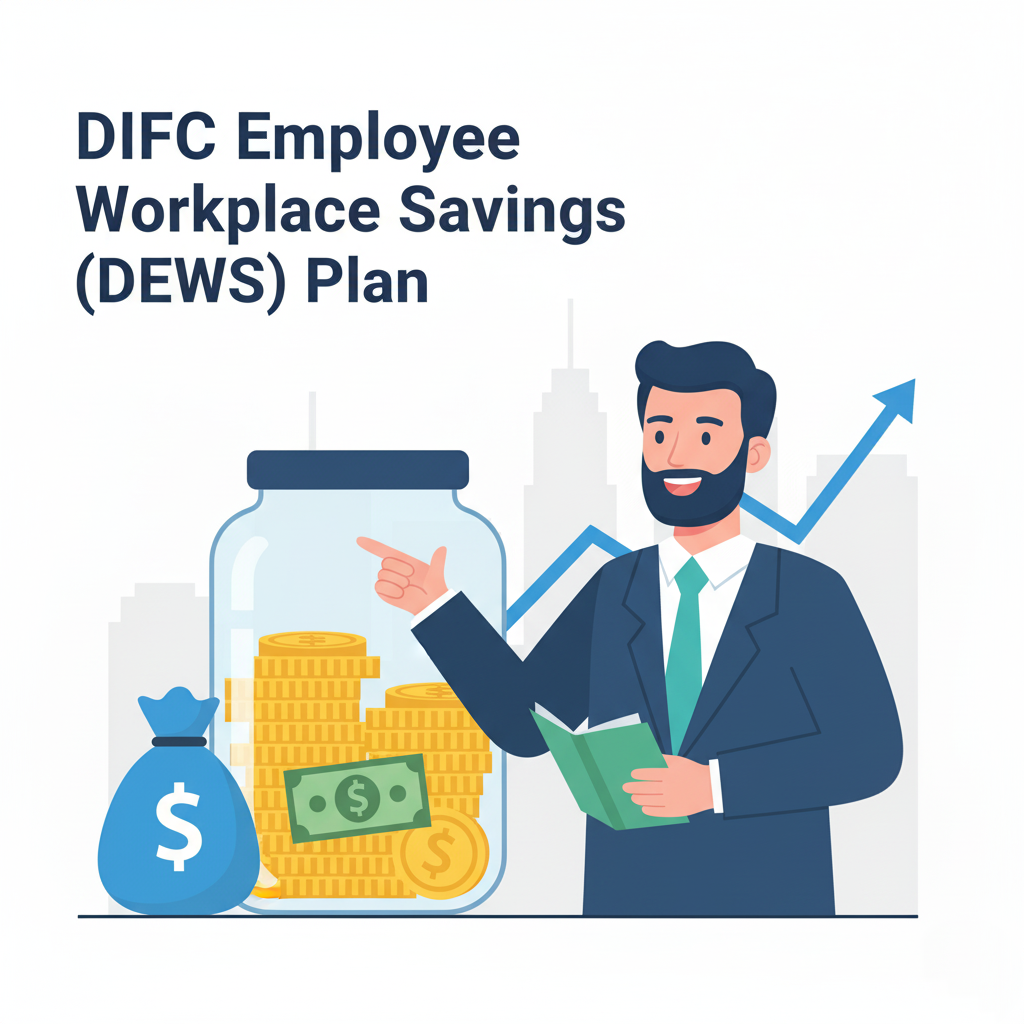
Mandatory Contribution Rates
Employers are required to contribute a percentage of the employee’s basic salary each month:
Voluntary Contributions and Employee Empowerment
One of the key benefits of the DEWS plan is that it allows employees to take an active role in their savings. Employees can choose to make additional voluntary contributions from their salary, boosting their savings pot and taking advantage of the plan’s investment options.
Accumulation, Investment, and Payout
The contributions are held in the employee’s name and invested in a fund portfolio based on their risk appetite. Upon leaving the company, the employee receives the total accumulated amount in their DEWS account, which includes all employer contributions, any voluntary employee contributions, and the investment returns generated over the period.
Handling Termination and Resignation: Key Scenarios
An employee’s entitlement to their end-of-service benefits can vary depending on the circumstances of their departure.
Why Accurate ESOB Calculations are Critical for Business Functions
For a business operating in the DIFC, managing ESOB is not just an HR task; it’s a critical function that impacts finance, legal, and overall corporate governance.
Best Practices for Employers in Managing ESOB Compliance
Frequently Asked Questions (FAQs)
Conclusion
Understanding your end-of-service benefits is a cornerstone of sound financial planning. For anyone employed in the DIFC past February 2020, the system is a hybrid one: a fixed gratuity entitlement for the service period before that date, combined with a dynamic, growing savings pot under the DEWS plan for service thereafter.
For employees, this knowledge empowers you to plan for the future. For employers, robust compliance is not just a legal obligation but a hallmark of a trustworthy and well-run organization.
